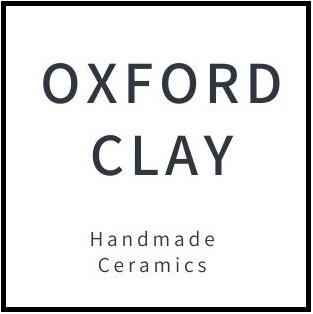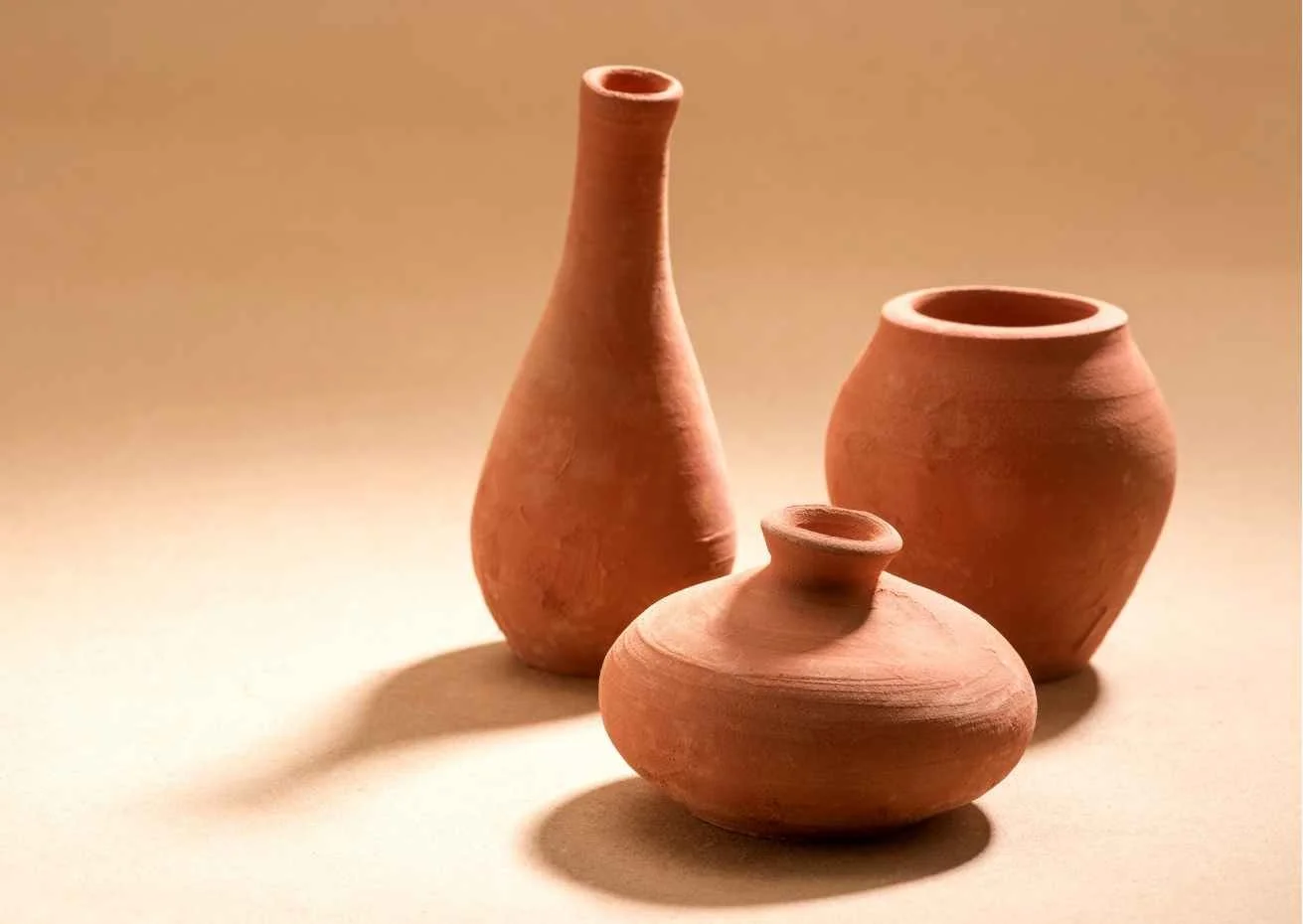5 Easy Ways to Stop Warping When Making Pottery
Warping is one of the most annoying things that can happen to your pot in pottery. Basically, warping is when your beautifully shaped pot re-shapes in a way that you don’t want! Usually, this occurs as the pot is fired. It can be when a pot slumps or twists in the kiln (teapot spouts are particularly prone to this) or when a round mug or bowl turns oval.
The reason warping can be so tricky for Potters is that it often doesn’t show up until the pot is fired and sometimes only at the final glaze firing stage.
But there are simple things Potters can do to prevent warping in their pottery. In this blog post we explore the five easiest ways to stop warping in your pottery.
Warping in Pottery is when pots slump or move out of shape during drying or firing.
How to stop warping in pottery
1.Use the right type of clay
Some clays have lower melting points than others. When a kiln temperature is too hot the clay, it will start to melt and warp out of shape. In extreme cases the clay can collapse entirely and melt on the kiln shelf! Earthenware clay for example should not be fired to stoneware temperatures as the clay will start to melt in the kiln.
Pottery suppliers make different clays for different purposes so by using the correct clay for the correct use you can also help to stop warping in your pots. For example, clays high in ball clay, sand, grit or grog (ground-up fired clay), will be better for work which requires strength such as large sculptures.
Stoneware clays can be fired hotter than earthenware clays and so they need to be used in stoneware glaze firings, usually used for tableware such as mugs plates and bowls.
2. Don’t knock your pot
Picture this, you’ve made something beautiful, and you’re really proud of your pot but as you’re taking it off the pottery wheel you accidentally knock the rim of the pot. The knock isn’t that bad you think, so when the pot is leather hard you gently push out the knocked rim back into shape to make it straight again. Everything looks great, even after the bisque firing, so you glaze it and put it in a stoneware glaze firing and then….oh no when you get the pot out of the stoneware glaze firing the knocked rim is mysteriously out of shape again!
This exact thing has happened to me, on more than one occasion, and that's because clay has a memory. I don't know why clay only remembers bad things?! I don't know why it doesn't remember the pot you made in the first place before you knocked it, but clay always remembers where it’s been knocked out of shape!
Because of this, I’m trying to practice letting go of a pot straight away when I’ve knocked it, as I know the knock will show up later in the making process. It’s difficult to recycle a pot that you have put so much work in to, and put it in the clay reclaiming bin, but it saves so much time, effort, energy and money later down the line.
3. Make your pot an even thickness
If one side of a pot is thicker than another it can pull the clay out of shape when it is fired, warping the pot.
Usually, pots thrown on the potter’s wheel won't have this issue. This is because if the pot has been centred before making, the walls of the pot are made an even thickness as the pot is thrown.
However, slip-cast pottery is a different matter entirely! In slip-cast pottery, slip is poured into a plaster mould, left for a certain amount of time depending on the type of clay, and then poured out again. The slip-cast shape can then be removed from the plaster mould as it dries. As the clay is poured out of the mould it is very easy for more clay to build up on one side of the pot than the other.
This is one of the reasons that slip-cast pottery is so much more prone to warping than hand-built or wheel-thrown pottery.
Using a runnier slip rather than a more viscous one, pouring the slip out quickly and not just on one side, can help make slip-cast pottery more of an even thickness.
4. Make a stable shape, such as a cylinder
Some shapes are just more prone to warping than others due to the forces exerted by the shape the clay is in when the pot is fired.
You might not be able to tell this when you first make the pot, but you will find out when it is fired. For example, I used to slip cast a mug shape which had a wide rounded base going up to a smaller rounded neck of the pot.
The pot had two curves, one at the base and one at the neck of the pot and was quite thin due to being slip cast.
About half of the mugs I made in this shape would warp in the glaze firing In the end I realised that this particular shape just didn’t work as a mug, and so stopped making it.
However, I had much more success with cylinder shaped mugs hand-thrown on the potter’s wheel, where hardly any of them warped when fired.
5. Use a Feldspar with a higher melting point in your casting slip.
Clay is made from many different ingredients. Casting slip often made from a combination of crushed rocks, clays, water and a chemical called a de-flocculent to make it runny.
Ground rocks such as Quartz and Feldspar as usually ingredients as well as clays such as China Clay and Ball Clays. When I started to make my own casting slip, I used a Feldspar rock called Soda Feldspar which was mined closer to me than another Feldspar called Potash Feldspar.
I wanted to use a Felspar mined as close to me as possible to cut down on the carbon emissions created from transporting the material to me.
However, Soda Feldspar has a lower melting point than Potash Feldspar. This meant that as the slip cast pots were fired up to stoneware temperatures, the Soda Feldspar started to melt a little and warp the pot out of shape. After searching pottery suppliers I managed to find a type of Feldspar rock called FFF Feldspar which was mined closer to me than Potash Feldspar, but had a higher melting point than Soda Feldspar.
By switching the type of Feldspar I used in the recipe, for a higher melting one I was able to stop a lot of the warping that was occurring in my slip cast pottery.


